-
Executive Summary
-
Scope of the Report
-
Market Definition
-
Scope of the Study
-
List of Assumptions
-
Markets Structure
-
Market Research Methodology
-
Research Process
-
Primary Research
-
Secondary Research
-
Market Size Estimation
-
Forecast Model
-
Market Factor Analysis
-
Supply Chain Analysis
- Raw Material Suppliers
- Manufacturers/Producers
- Distributors/Retailers/Wholesalers/E-Commerce Merchants
- End Users
-
Porter’s Five Forces Model
- Threat of New Entrants
- Intensity of Competitive Rivalry
- Threat of Substitutes
- Bargaining Power of Suppliers
- Bargaining Power of Buyers
-
Market Dynamics of Global Gas Separation Membrane Market
-
Introduction
-
Drivers
-
Restraints
-
Opportunities
-
Challenges
-
Global Gas Separation Membrane Market, by Material Type
-
Introduction
-
Porous Inorganic
- Market Estimates & Forecast, 2023-2030
- Market Estimates & Forecast, by Region, 2023-2030
- Metal
- Zeolite
- Ceramics
- Alumina
-
Polymeric
- Market Estimates & Forecast, 2023-2030
- Market Estimates & Forecast, by Region, 2023-2030
- Polyimide
- Cellulose Acetate
- Polysulfone
-
Microporous Organic
- Market Estimates & Forecast, 2023-2030
- Market Estimates & Forecast, by Region, 2023-2030
-
Hybrid
- Market Estimates & Forecast, 2023-2030
- Market Estimates & Forecast, by Region, 2023-2030
-
Others
- Market Estimates & Forecast, 2023-2030
- Market Estimates & Forecast, by Region, 2023-2030
-
Global Gas Separation Membrane Market, by Application
-
Introduction
-
Industrial Gases Separation
- Market Estimates & Forecast, 2023-2030
- Market Estimates & Forecast, by Region, 2023-2030
-
CO2 Removal
- Market Estimates & Forecast, 2023-2030
- Market Estimates & Forecast, by Region, 2023-2030
-
Acid Gases Separation from Natural Gas
- Market Estimates & Forecast, 2023-2030
- Market Estimates & Forecast, by Region, 2023-2030
-
Hydrogen Recovery
- Market Estimates & Forecast, 2023-2030
- Market Estimates & Forecast, by Region, 2023-2030
-
Hydrocarbons Recovery
- Market Estimates & Forecast, 2023-2030
- Market Estimates & Forecast, by Region, 2023-2030
-
Others
- Market Estimates & Forecast, 2023-2030
- Market Estimates & Forecast, by Region, 2023-2030
-
Global Gas Separation Membrane Market, by End-Use Industry
-
Introduction
-
Chemical
- Market Estimates & Forecast, 2023-2030
- Market Estimates & Forecast, by Region, 2023-2030
-
Oil & Gas
- Market Estimates & Forecast, 2023-2030
- Market Estimates & Forecast, by Region, 2023-2030
-
Electric Power
- Market Estimates & Forecast, 2023-2030
- Market Estimates & Forecast, by Region, 2023-2030
-
Food & Beverages
- Market Estimates & Forecast, 2023-2030
- Market Estimates & Forecast, by Region, 2023-2030
-
Others
- Market Estimates & Forecast, 2023-2030
- Market Estimates & Forecast, by Region, 2023-2030
-
Global Gas Separation Membrane Market, by Region
-
Introduction
-
North America
- Market Estimates & Forecast, 2023-2030
- Market Estimates & Forecast, by Material Type, 2023-2030
- Market Estimates & Forecast, by Application, 2023-2030
- Market Estimates & Forecast, by End-Use Industry, 2023-2030
- US
- Canada
-
Europe
- Market Estimates & Forecast, 2023-2030
- Market Estimates & Forecast, by Material Type, 2023-2030
- Market Estimates & Forecast, by Application, 2023-2030
- Market Estimates & Forecast, by End-Use Industry, 2023-2030
- Germany
- France
- Italy
- Spain
- UK
- Russia
- Rest of Europe
-
Asia Pacific
- Market Estimates & Forecast, 2023-2030
- Market Estimates & Forecast, by Material Type, 2023-2030
- Market Estimates & Forecast, by Application, 2023-2030
- Market Estimates & Forecast, by End-Use Industry, 2023-2030
- China
- India
- South Korea
- Indonesia
- Australia & New Zealand
- Rest of Asia-Pacific
-
Middle East & Africa
- Market Estimates & Forecast, 2023-2030
- Market Estimates & Forecast, by Material Type, 2023-2030
- Market Estimates & Forecast by Application, 2023-2030
- Market Estimates & Forecast, by End-Use Industry, 2023-2030
- Turkey
- Israel
- North Africa
- GCC
- Rest of the Middle East & Africa
-
Latin America
- Market Estimates & Forecast, 2023-2030
- Market Estimates & Forecast, by Material Type, 2023-2030
- Market Estimates & Forecast, by Application, 2023-2030
- Market Estimates & Forecast, by End-Use Industry, 2023-2030
- Brazil
- Argentina
- Mexico
- Rest of Latin America
-
Competitive Landscape
-
Introduction
-
Market Key Strategies
-
Key Development Analysis
-
(Expansions/Mergers & Acquisitions/Joint Ventures/New Product Developments/Agreements/Investments)
-
Company Profiles
-
Air Products and Chemicals Inc
- Company Overview
- Financial Overview
- Products Offered
- Key Developments
- SWOT Analysis
- Key Strategies
-
Ube Industries Ltd
- Company Overview
- Financial Overview
- Products Offered
- Key Developments
- SWOT Analysis
- Key Strategies
-
Air Liquide Advanced Separation
- Company Overview
- Financial Overview
- Products Offered
- Key Developments
- SWOT Analysis
- Key Strategies
-
Schlumberger Limited
- Company Overview
- Financial Overview
- Products Offered
- Key Developments
- SWOT Analysis
- Key Strategies
-
Membrane Technology and Research Inc
- Company Overview
- Financial Overview
- Products Offered
- Key Developments
- SWOT Analysis
- Key Strategies
-
Evonik Industries AG
- Company Overview
- Financial Overview
- Products Offered
- Key Developments
- SWOT Analysis
- Key Strategies
-
FUJIFILM Manufacturing Europe BV
- Company Overview
- Financial Overview
- Products Offered
- Key Developments
- SWOT Analysis
- Key Strategies
-
Honeywell International Inc
- Company Overview
- Financial Overview
- Products Offered
- Key Developments
- SWOT Analysis
- Key Strategies
-
Generon IGS Inc
- Company Overview
- Financial Overview
- Products Offered
- Key Developments
- SWOT Analysis
- Key Strategies
-
DIC Corporation
- Company Overview
- Financial Overview
- Products Offered
- Key Developments
- SWOT Analysis
- Key Strategies
-
SRI International
- Company Overview
- Financial Overview
- Products Offered
- Key Developments
- SWOT Analysis
- Key Strategies
-
Conclusion
-
LIST OF TABLES
-
Global Gas Separation Membrane Market, by Region, 2023-2030
-
North America: Gas Separation Membrane Market, by Country, 2023-2030
-
Europe: Gas Separation Membrane Market, by Country, 2023-2030
-
Asia-Pacific: Gas Separation Membrane Market, by Country, 2023-2030
-
Middle East & Africa: Gas Separation Membrane Market, by Country, 2023-2030
-
Latin America: Gas Separation Membrane Market, by Country, 2023-2030
-
Global Gas Separation Membrane Material Type Market, by Region, 2023-2030
-
North America: Gas Separation Membrane Material Type Market, by Country, 2023-2030
-
Europe: Gas Separation Membrane Material Type Market, by Country, 2023-2030
-
Asia-Pacific: Gas Separation Membrane Material Type Market, by Country, 2023-2030
-
Middle East & Africa: Gas Separation Membrane Material Type Market, by Country, 2023-2030
-
Latin America: Gas Separation Membrane Material Type Market, by Country, 2023-2030
-
Global Gas Separation Membrane Application Market, by Region, 2023-2030
-
North America: Gas Separation Membrane Application Market, by Country, 2023-2030
-
Europe: Gas Separation Membrane Application Market, by Country, 2023-2030
-
Asia-Pacific: Gas Separation Membrane Application Market, by Country, 2023-2030
-
Middle East & Africa: Gas Separation Membrane Application Market, by Country, 2023-2030
-
Latin America: Gas Separation Membrane Application Market, by Country, 2023-2030
-
Global Gas Separation Membrane End-Use Industry Market, by Region, 2023-2030
-
North America: Gas Separation Membrane End-Use Industry Market, by Country, 2023-2030
-
Europe: Gas Separation Membrane End-Use Industry Market, by Country, 2023-2030
-
Asia-Pacific: Gas Separation Membrane End-Use Industry Market, by Country, 2023-2030
-
Middle East & Africa: Gas Separation Membrane End-Use Industry Market, by Country, 2023-2030
-
Latin America: Gas Separation Membrane End-Use Industry Market, by Country, 2023-2030
-
Global Material Type Market, by Region, 2023-2030
-
Global Application Market, by Region, 2023-2030
-
Global End-Use Industry Market, by Region, 2023-2030
-
North America: Gas Separation Membrane Market, by Country, 2023-2030
-
North America: Gas Separation Membrane Market, by Material, 2023-2030
-
North America: Gas Separation Membrane Market, by Application, 2023-2030
-
North America: Gas Separation Membrane Market, by End-Use Industry, 2023-2030
-
Europe: Gas Separation Membrane Market, by Country, 2023-2030
-
Europe: Gas Separation Membrane Market, by Material, 2023-2030
-
Europe: Gas Separation Membrane Market, by Application, 2023-2030
-
Europe: Gas Separation Membrane Market, by End-Use Industry, 2023-2030
-
Asia-Pacific: Gas Separation Membrane Market, by Country, 2023-2030
-
Asia-Pacific: Gas Separation Membrane Market, by Material, 2023-2030
-
Asia-Pacific: Gas Separation Membrane Market, by Application, 2023-2030
-
Asia-Pacific: Gas Separation Membrane Market, by End-Use Industry, 2023-2030
-
Middle East & Africa: Gas Separation Membrane Market, by Country, 2023-2030
-
Middle East & Africa: Gas Separation Membrane Market, by Material, 2023-2030
-
Middle East & Africa: Gas Separation Membrane Market, by Application, 2023-2030
-
Middle East & Africa: Gas Separation Membrane Market, by End-Use Industry, 2023-2030
-
Latin America: Gas Separation Membrane Market, by Country, 2023-2030
-
Latin America: Gas Separation Membrane Market, by Material, 2023-2030
-
Latin America: Gas Separation Membrane Market, by Application, 2023-2030
-
Latin America: Gas Separation Membrane Market, by End-Use Industry, 2023-2030
-
LIST OF FIGURES
-
Global Gas Separation Membrane Market Segmentation
-
Forecast Research Methodology
-
Porter’s Five Forces Analysis of Global Gas Separation Membrane Market
-
Value Chain/Supply Chain of Global Gas Separation Membrane Market
-
Share of Global Gas Separation Membrane Market, by Country, 2023 (%)
-
Global Gas Separation Membrane Market, 2023-2030
-
Global Gas Separation Membrane Market Size, by Material Type, 2023 (%)
-
Share of Global Gas Separation Membrane Market, by Material Type, 2023-2030
-
Global Gas Separation Membrane Market Size, by Application, 2023 (%)
-
Share of Global Gas Separation Membrane Market, by Application, 2023-2030
-
Global Gas Separation Membrane Market Size, by End-Use Industry, 2023 (%)
-
Share of Global Gas Separation Membrane Market, by End-Use Industry, 2023-2030

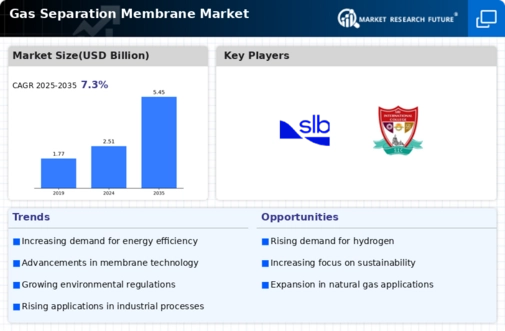
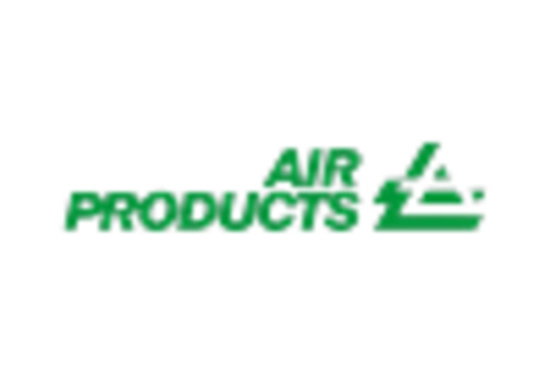

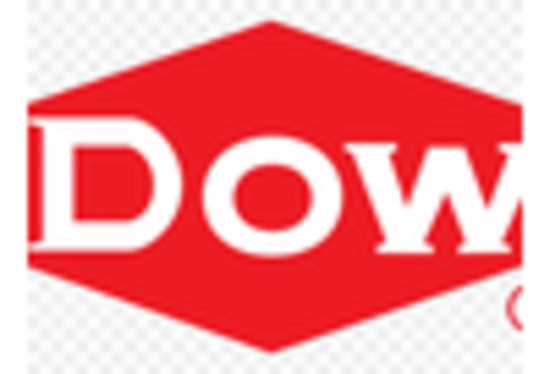
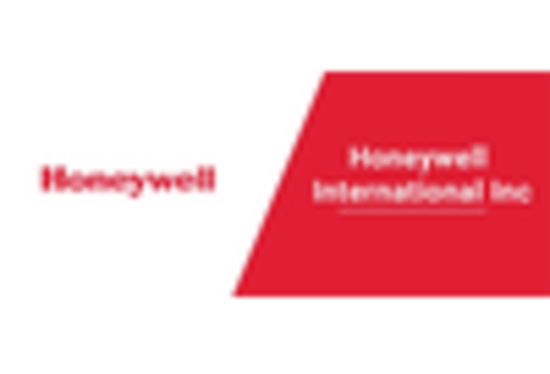
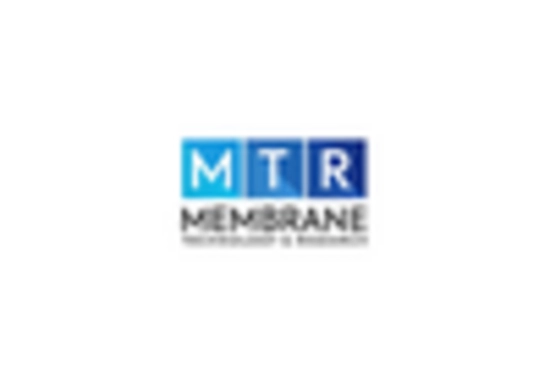
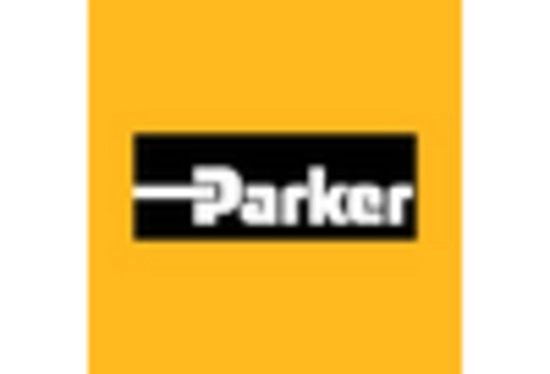

Leave a Comment